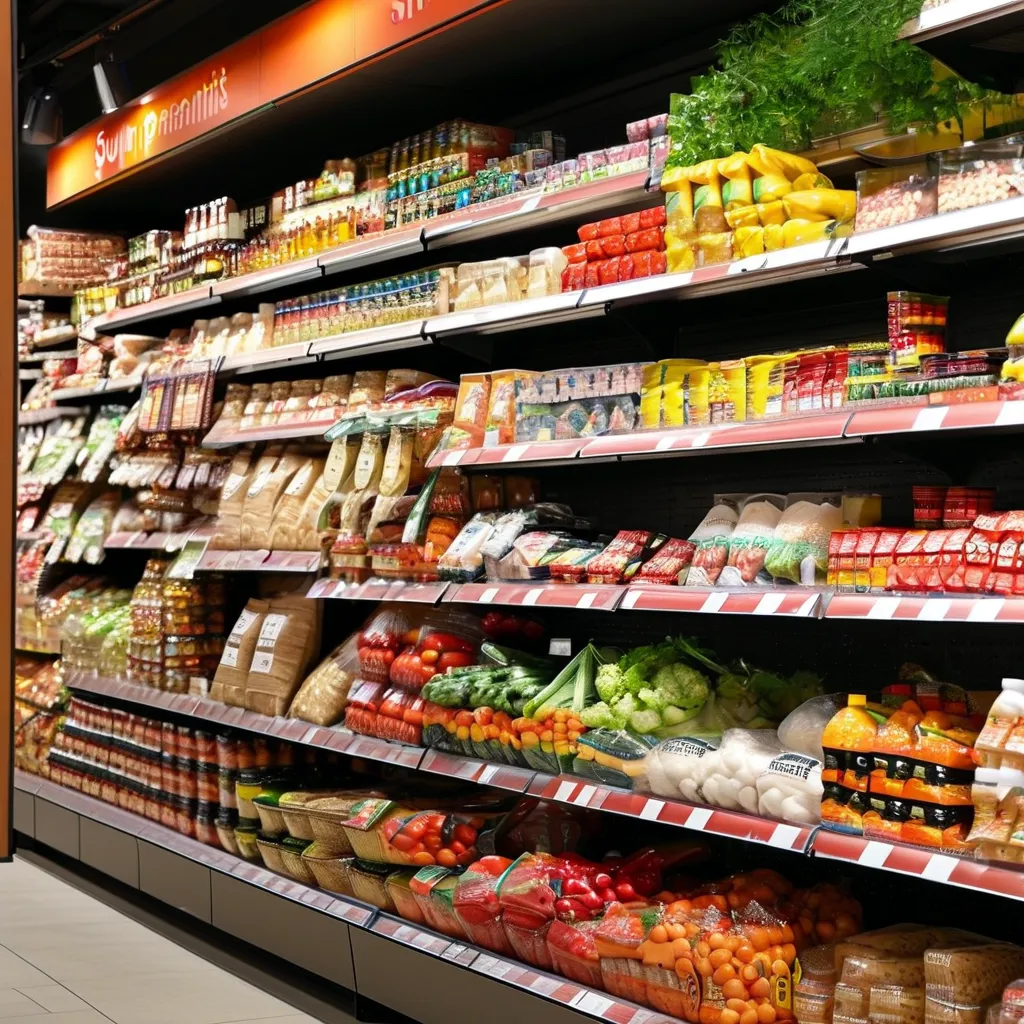Navigating Milan’s grocery scene can be overwhelming, especially for newcomers or travelers unfamiliar with local shopping norms. Whether you’re seeking fresh produce, specialty Italian goods, or budget-friendly essentials, understanding the city’s supermarket landscape ensures a seamless experience. Below, we break down key factors to consider when selecting the best supermarkets in Milan, tailored to diverse preferences and needs.
1. Prioritize Accessibility & Location
Milan’s neighborhoods vary widely in amenities, so proximity matters. For central areas like Brera or Porta Romana, Carrefour Express and Pam Local offer compact stores ideal for quick stops. Residents in suburban zones (e.g., Bicocca or Lambrate) benefit from larger chains like Esselunga or Iperal, which stock extensive selections of fresh meat, seafood, and pantry staples. Use apps like Google Maps to identify stores within a 10-minute walk or short metro ride from your location.
Pro tip: Tourists staying near the Duomo can visit La Rinascente’s Food Hall for gourmet snacks, though prices here skew higher than average.
2. Assess Product Variety & Specialty Offerings
Milan caters to diverse dietary preferences. For organic and gluten-free products:
– NaturaSì: Italy’s leading organic chain, with locations in Corso Buenos Aires and Via Marghera. Their seasonal produce and eco-friendly household items are certified by ICEA (Institute for Ethical and Environmental Certification).
– Coop Lombardia: Features dedicated “Bio” aisles and locally sourced cheeses at branches like Via Washington.
If you’re hunting for authentic Italian ingredients, Eataly Milano (near Piazza XXV Aprile) stocks regional specialties like Parma ham, truffle oils, and artisanal pasta. For international foods, Metro Cash & Carry in Via Giambologna caters to expats with imported Asian, Middle Eastern, and American products (membership required).
3. Compare Pricing & Discounts
Budget-conscious shoppers should prioritize supermarkets with loyalty programs or weekly promotions:
– Esselunga: Offers the Fìdaty Card for personalized discounts; their house-brand products (e.g., pasta, olive oil) are notably affordable without compromising quality.
– Lidl: Known for discounted staples like dairy and baked goods. The Lidl app provides digital coupons for extra savings.
– Penny Market: A go-to for bulk purchases of non-perishables like canned tomatoes or dried legumes.
Avoid convenience stores like Sapori & Dintorni or small Tabaccherie for routine shopping—their markups can exceed 20% compared to larger retailers.
4. Evaluate Freshness & Quality Standards
Italian consumers prioritize freshness, and Milan’s top supermarkets deliver. Look for:
– Daily deliveries: Chains like Coop and Esselunga restock produce and baked goods each morning.
– In-store bakeries: Iperal’s focaccia and pane di Altamura are baked on-site.
– Seasonal promotions: From September to November, many stores highlight truffles and porcini mushrooms sourced from Lombardy’s countryside.
For seafood, Peck in Via Spadari is a historic delicatessen offering premium selections—though expect luxury pricing.
5. Check Opening Hours & Convenience Services
Milanese supermarkets typically operate from 8:30 AM to 8:30 PM, but smaller stores may close earlier (7:30 PM) or shutter on Sundays. Exceptions include:
– Carrefour Express: Select outlets (e.g., Via Torino) stay open until 10 PM.
– Auchan (Fiordaliso Mall): Open daily, including Sundays.
For time-strapped shoppers, online delivery services like Esselunga a Casa or Glovo provide same-day grocery drops. Note that minimum orders (€50–€70) often apply.
6. Read Local Reviews & Expat Feedback
Platforms like Google Reviews and expat forums highlight recurring praises or complaints. For instance:
– Esselunga’s Via Giuseppe Ripamonti branch earns consistent 4.5/5 ratings for cleanliness and staff helpfulness.
– Complaints about long queues at Coop in Porta Venezia suggest visiting during off-peak hours (weekday mornings).
Final Tips for a Smart Shopping Experience
– Carry reusable bags to avoid €0.50–€1 charges per plastic bag.
– Learn basic Italian phrases like “Dov’è il reparto dei latticini?” (Where’s the dairy section?) to navigate stores efficiently.
– Smaller markets like Todis or MD Discount are worth exploring for deals on wine and snacks.
By aligning your priorities—whether affordability, organic options, or specialty items—with Milan’s supermarket offerings, you’ll master grocery shopping in this dynamic city with ease.

Leave a Reply